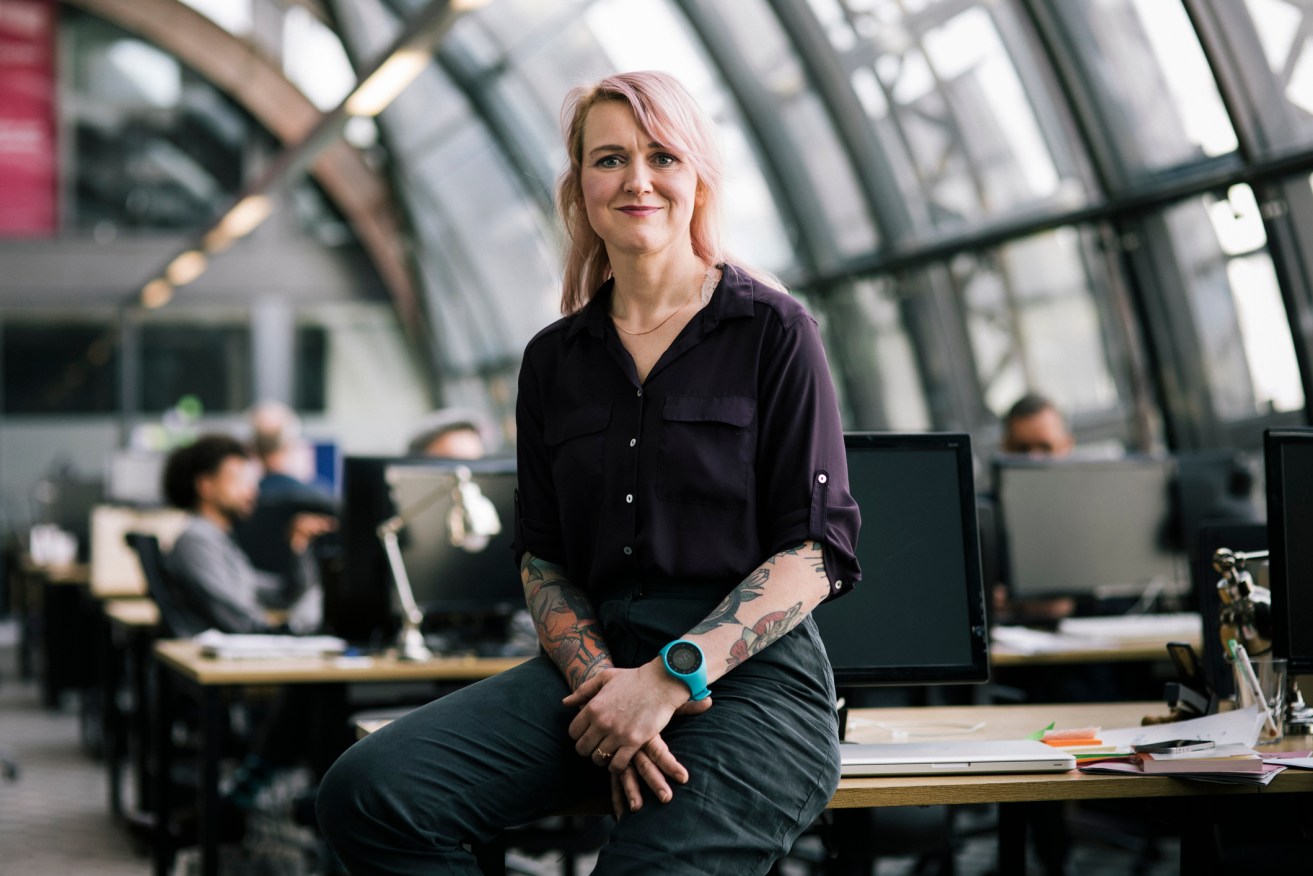Retirees are feeling more pessimistic as inflation takes its toll


People in their 40s are starting to worry about retirement income needs. Photo: Getty
The number of Australians who believe they will not have enough money in retirement has significantly increased.
A new survey of pre-retirement age Australians found most respondents expected they would not reach their desired retirement income level.
Inflation has become a major worry for people in the run up to retirement, with 42 per cent concerned about inflation compared to only 28 per cent in 2021, according to research group Investment Trends.
Medical costs were another increasing concern, with 43 per cent of people citing them as a worry in 2022 compared to 32 per cent in 2021.
The thought of retirement is an increasingly difficult one for many people, barely half – 51 per cent of those surveyed – feel financially and emotionally prepared for an end to their working life.
In 2021, 76 per cent of people believed they were prepared for retirement.
Concerns about rising retirement costs and investment income are the reasons for the dramatic drop in the number of people feeling prepared for that life change.
More cautious
As a result, those moving towards retirement are becoming financially more cautious.
“We are starting to see non-retirees making plans to reduce their spending and delay the start of their retirement in order to close this retirement adequacy gap,” said Dougal Guild, research director at Investment Trends.
When faced with the question about how much cold, hard cash they will have in retirement, most people believe they won’t have what they would need to be comfortable.
Survey respondents, on average, said they believed they would have $3200 monthly to retire on, while they thought they would need $4300 to be comfortable.
That $4300 target is well above the comfortable retirement standard held up by the Association of Superannuation Funds of Australia (ASFA).
A comfortable life for a home owner can be bought for $3948 a month, ASFA said.
Although many people believe at least $4000 a month is necessary for a comfortable retirement, the reality is that most people spend far less than that.
“The data suggests on average, retirees only spend $2400 a month, with fewer than 15 per cent spending more than $4000. So it seems clear that pre-retirees’ default position is to abundantly err on the side of caution,” the survey stated.
The figures appear to show “that Australians are great accumulators but poor spenders”, Mr Guild said.
Interestingly, despite the rise of inflation in 2022, respondents said they were spending the same amount as in 2021.
The view that retirement targets would not be reached was a common one, said Wayne Leggett, an adviser with Paramount Financial Solutions.
“There’s a fairly common thread in our discussions that most people don’t expect they’ll have enough to be financially independent in retirement.”
Don’t fret yet
However, those concerns can often be overplayed because people don’t realise the full value of the age pension for those with some assets.
“Retiring on a mixture of the age pension and superannuation or other personal assets would deliver a workable retirement income for many,” Mr Leggett said.
A home-owning couple could have as much as $935,000 in assets outside the family home and still get a part-pension.
For non-home owners the figure is $1,159,500. For a full pension, a home-owning couple can have non-home assets of $419,000 while for non-home owners the figure is $643,500.
The rise in inflation and the increasing concern that people will not have enough to retire on has triggered many of those in the run-up to retirement to think about options and strategies.
Of those surveyed, 53 per cent said they would reduce spending to help fund retirement. Another 39 per cent said they planned to work beyond the legal retirement date, and a further 25 per cent said they would contribute more money to superannuation to build a nest egg.
Overall, 17 per cent said they had not thought about how they would pay extra retirement needs.
Taking action earlier rather than later is a good strategy for retirement. For those who can be totally self-funded in retirement, Mr Leggett said they should “go hell for leather to try to boost that situation”.
“If that’s not the case then you can try to get yourself as financially independent as you can be.”
Difficult position
However, for those in the middle with reasonable savings but without the possibility of being totally self-funded, saving more in super is reduced in attractiveness.
“Every time you take two steps forward there is one step back,” Mr Leggett said.
That is because for every dollar saved by those who are likely to be on a part-pension in retirement they lose 50c in pension entitlements.
It’s best to get some advice if you are in that situation.
Some 63 per cent of people in the run up to retirement get advice, often free, from their super fund while another 33 per cent, usually those with high savings, use an independent financial planner.
Despite the growth of superannuation since 1992, 70 per cent of people qualify for a full or part pension. By 2060 this figure is still expected to be 62 per cent, according to Treasury.
The New Daily is owned by Industry Super Holdings









